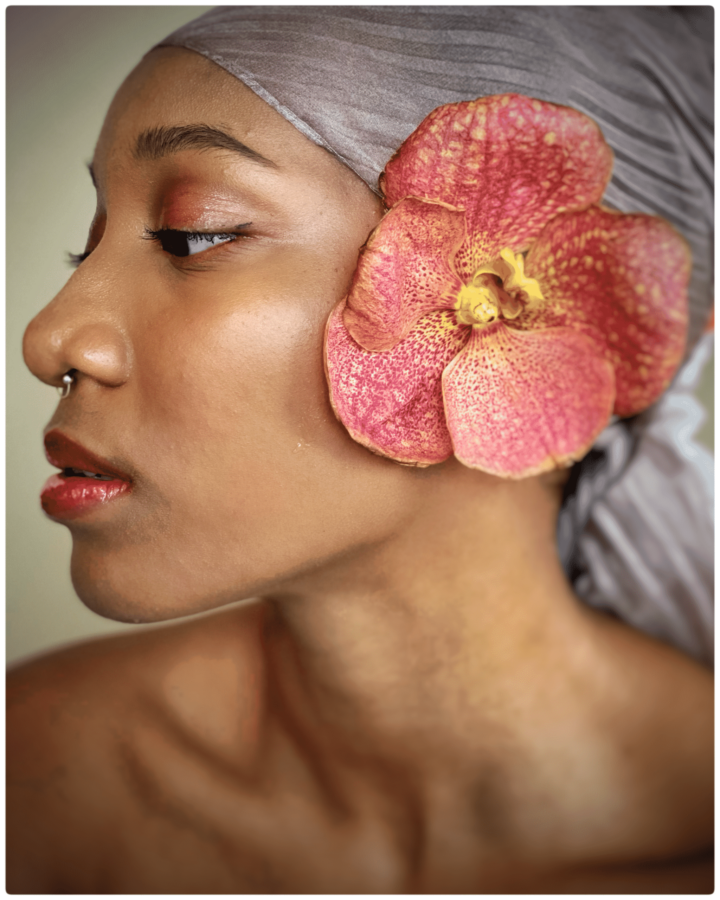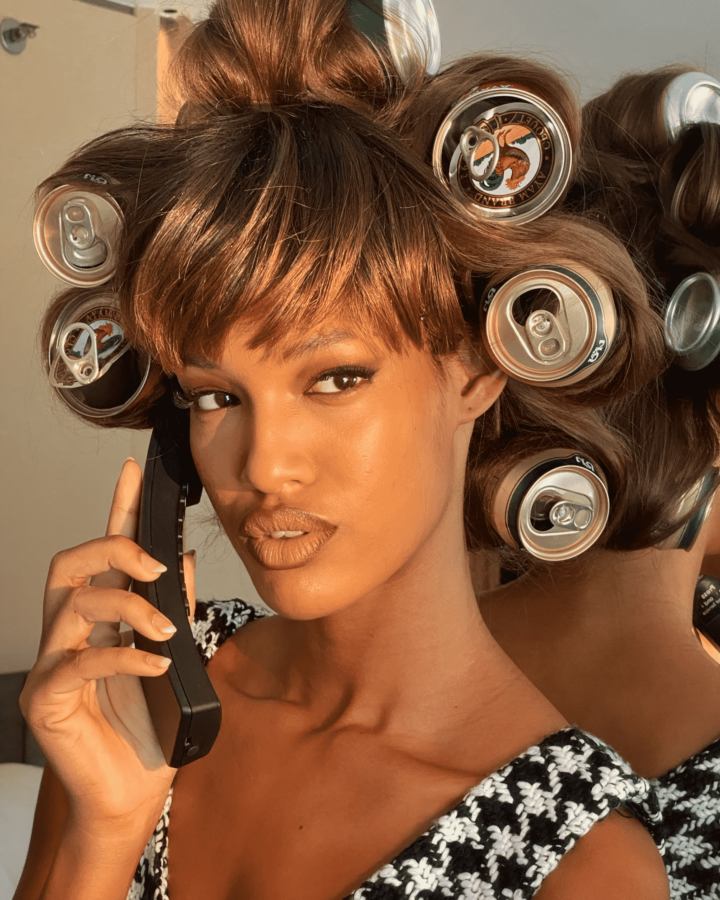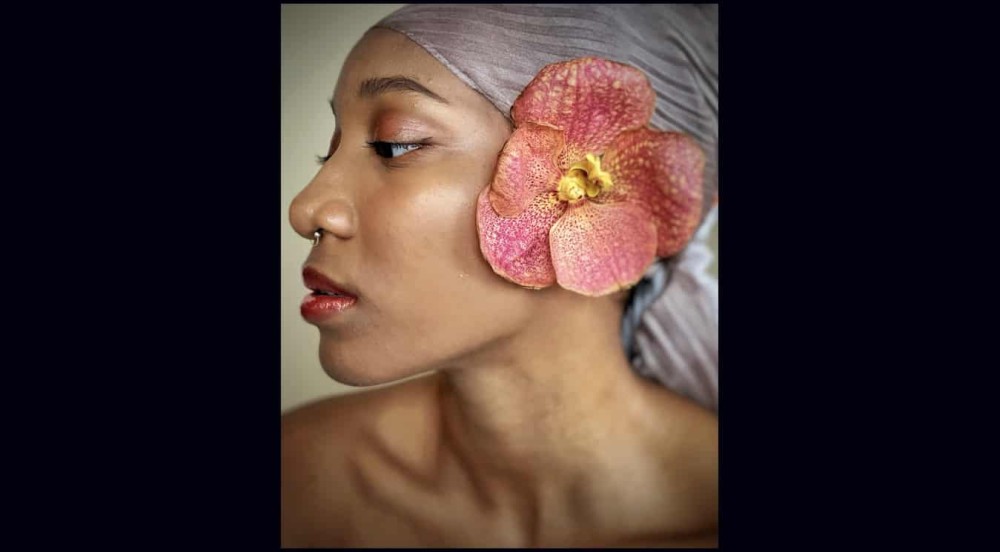Contrary to popular belief, Asians are not homogeneous in look. The inhabitants of Southeast Asia, which compromises of countries such as the Philippines, Thailand, Cambodia, Laos, Vietnam, Malaysia, Brunei and Indonesia, tend to be much darker complected than their East Asian counterparts.
And though most of the population of these nations are honey-colored or darker, colorism still holds an ever tightening grip. The Korean beauty standard of fair and light is the ideal for most. Whitening products are best-sellers in beauty supply stores and local supermarkets, while commercials and ads for beauty products usually only showcase very fair Asians or Europeans.
And while though this still be may be generally the case, in the past several years the fashion and beauty industry in Southeast Asia has become ever more diverse and inclusive. Fashion shows feature models of varying skin hues and ethnicities, and Asian makeup companies have extended their shade ranges to accommodate the tones and undertones of a large group of Asians, who until recently have mostly been underserved and neglected.
“As someone who grew up in South East Asia, which is very diverse, I love seeing a multiplicity of beauty in my part of the world. With social media, everything has become more global no matter where you are. And if you’re a designer or a brand, and you’re not inclusive, then your images and your products look very dated because that’s not where the world is now," says Nick Barose, a New York-based Thai celebrity makeup artist and Giorgio Armani beauty ambassador. "In Asia, I think we got stuck with the concept of lighter skin is most beautiful since the dawn of our civilization. Luckily, that's changed a lot recently which is so exciting to see."
Nichakul Kitayanubhongse, the Editorial Director of Harper’s Bazaar Thailand, whose magazine recently featured Nenna Nwoso, a Black-Asian model on its cover concurs with Barose's sentiment. "In Asia, there are no rules anymore that you can only use Caucasian or light-skin Asian models, which makes my job even more exciting. I’m very happy to work with more diverse models. It’s simply about creating stunning images and make the readers go, 'I want to be as glamorous and stunning like her!'"
With the modeling climate changing in Asia, EBONY decided to reach out to six proud and fierce Black-and-Asian (Blasian) models, who are based and modeling in Thailand, to get their viewpoint on their take of the industry there. Below, they give us the lowdown on the ever-changing landscape of the industry in Southeast Asia as well as the high points and challenges that they've encountered in their careers.
Musukutu Diane
IG: @minadianee
Agency: MP Models BKK
Senagalese and Thai, age 17

How has it been like for you being a model in the Asian market?
I would say it’s mainly fun. However, because I don't look "Asian," casting directors and agents don't expect me to be able to speak Thai and communicate with them well. Whenever I show up on set greeting everyone in Thai, it’s amusing to see their reactions.
The less fun part is being stereotyped as being American. Over here, they assume every Black person is American. I am half Thai and half Senegalese. But I guess, it’s not the worst thing—there’s still mutual respect on set.
What difficulties or prejudices have you faced in the industry there?
I do struggle landing jobs here because European models are usually favored over Black models. Also, when I am booked for a beauty job, it can be frustrating at times to find that the makeup doesn't match my skin tone. I feel bad because I know someone with a darker skin tone will see this product and buy it and be disappointed with its results.
What have been some of the highlights in your modeling career in Thailand?
I only started modeling a year ago, but one of my biggest highlights was when I made it as one of the top 5 finalists for the "Miss Grand Bangkok" pageant. I was rocking a little afro then; I looked like I belonged in the 70s (which I loved). I wanted to normalize natural hair on Blasian models. It's always a celebratory moment for me when I get jobs that allow me to wear my natural hair. Seeing Black models in their natural hair helps other girls of African-descent to embrace their natural hair texture, instead of perming it and casting away their shine.
How have you seen the industry change since you've been a model?
The industry has changed a lot. Five to six years ago, it would have been extremely rare to see a model that was Black or darker than the average Thai model. I think there has been a demand for darker models recently, so it is great that the Thai media has become more accepting and open to the idea of having Black models in their ad campaigns. However, I still think there's some bias.
As a caramel-complexioned Black-Asian model, I need to acknowledge the opportunity I have in comparison to darker-skinned Black models. A lot of Thai agents are only receptive to Black models who are of a lighter complexion with looser curls. I hope the Asian market would be more open to darker-skinned models because they are lacking in the Thai media. The Thai modeling world is evolving but it still has more work to do.
Anwa Sadat
IG: @anwastt
Agency: MP Models BKK
Ghanaian and Thai, age 20

How has it been like for you being a model in the Asian market?
For me, it’s been easy being a Blasian model here because I have a unique look for them, but the demand for Black models, in general, in this market is not as much as in Europe or America. The people have been very nice, though; and, it’s been pretty fun to work as a model here.
What difficulties or prejudices have you faced in the industry there?
Being the only Black person in a casting or in a room, and not getting picked by the team.
Or, the casting team talking about me right in front of me because they don't think that I can understand their language.
What have been some of the highlights in your modeling career in Thailand?
My big moment was when I walked in the finale of a runway show and confetti rained all over us. It made me feel like I was in a happy movie. I also love it when I see myself on a billboard or in an Instagram ad campaign. It feels so good to be in those because I want to inspire people who feel different because of their skin color, and show them that that they are not alone and that they are enough just the way they are.
How have you seen the industry change since you've been a model?
There's definitely more variety in skin color now. However, in the Asian market, there’s still limitations of presenting darker skin tones. For example, in beauty commercials, they don’t usually use Black or dark skin people to represent the brand because of the nonsensical beauty standards here.
Raduwa Al-mabruk
IG: @raduwa
Agency: Kiss Models BKK
Yemeni, Libyan and Thai, age 26

How has it been like for you being a model in the Asian market?
In the beginning, it was quite difficult for me since I didn't receive much support. I started modeling in 2012 and the reception has definitely been more positive these past few years. More people are hiring models of darker complexions. And, I have walked in almost every fashion show held here.
What difficulties or prejudices have you faced in the industry there?
To be honest, the beginning was quite difficult. They did not understand how darker-melanated people can come into the show. 'Does it make the show look different? Will the audience be okay with darker-complected people of color?' Needless to say, Black-Asians are viewed differently than the "average" Asian model.
What have been some of the highlights in your modeling career in Thailand?
I've been the star heroine in a music video, which is huge for a Black model here. I've also been on the cover of a hair magazine, which is especially delightful since I'm Blasian and have textured hair.
How have you seen the industry change since you've been a model?
There's more representation in foundation shades. In the past, I could barely find a shade to match my skin tone. The darkest color would still be too light for me. But now, I can easily find my shade. There's definitely a larger variety to choose from.
Also, there are definitely more opportunities for Blasian and Black models at fashion shows. The perspective of people has changed a lot. But there still needs to be more representation of darker-complected people on television and in commercials. Hopefully, this will change too.
Chicke Okoye
IG: @chicke.oky
Agency: MP Models BKK
Nigerian and Thai, age 23

How has it been like for you being a model in the Asian market?
Sometimes it can be lonely on set when you look different from everyone else. Even though I'm half Thai and speak Thai, people often assume that I'm a foreigner because of the way I look so they don't think I am one of them.
What difficulties or prejudices have you faced in the industry there?
I feel lucky being Black and Asian because I got the best of both worlds—though sometimes I feel like I stick out too much. However, I think looking uniquely different has helped me with my modeling career.
How have you seen the industry change since you've been a model?
Lately, there's been more representation with Blasian models. At the beginning, there were very few but now I know so many. I think clients love it because they get to work with me and my African heritage, but I am also one of them and can speak their language and understand their culture more so than an American, European or African model, whom they would have to communicate in English with. I afford them a level of comfortability and ease.
Nenna Nwosu
IG: @itsyagalnenna
Agency: Zodiac Management
Thai, Chinese and Nigerian, age 19

How has it been like for you being a model in the Asian market?
It’s been great. I've had so many opportunities and I work a lot in the market.
What difficulties or prejudices have you faced in the industry there?
I personally haven't faced any difficulties or prejudices yet. I think I get treated the same way as the other models. But I do think girls with naturally curly hair do face challenges because a lot of Asian hairstylists don’t know how to work with curly or kinky hair textures.
What have been some of the highlights in your modeling career?
I knew I kind of made it here when I started receiving gifts from some of my favorite brands, such as Chanel. I've been blessed. I've been on the cover of many magazines here: Harper's Bazaar Thailand, Vogue Beauty Thailand, L’Officiel Thailand. I even did a beauty story for the U.S. edition of Elle.
Grit Okoye
IG: @t.boy__jr
Agency: Lux Models BKK
Thai and Nigerian, age 25

How has it been like for you being a model in the Asian market?
In my opinion, I was given the opportunity to enter the modeling industry because the fashion industry in Thailand is looking to be more inclusive.
Streetwear is also gaining in popularity. There are a lot of people who like to talk to me about fashion or about American rappers.
What difficulties or prejudices have you faced in the industry there?
There aren't that many models who have dark skin tones. Although the fashion industry in Thailand has become more open, there's still some negative attitude towards dark skin people. For example, if you have white skin, you are viewed as being beautiful or handsome. However, if you have dark skin, then you are viewed as being less—they won't say you're handsome or pretty.
What have been some of the highlights in your modeling career in Thailand?
It was back when I started first modeling. I was twenty and I never thought that I was going to be a model back then. It was a very good time for me. Another highlight for me was when I was chosen to star in a music video for a very famous band in Thailand; I was so excited.
How have you seen the industry change since you've been a model?
I came up during the hip hop scene in Thailand, which is still growing in immense popularity and has exposed the population to Black culture. It has made the fashion industry in Thailand more receptive of Black models. Before it was mainly white models, but now it's definitely more inclusive.
I've been a model for five years and I haven't encountered any racism on the job. But I do come across a set of values that favor white people more than Blacks. This, however, is not unique to the fashion industry; it ties directly into the values of Thai people in general in this country. I don't know when and how this valuation began, but I do know that I grew up with it and it was my childhood nightmare.













